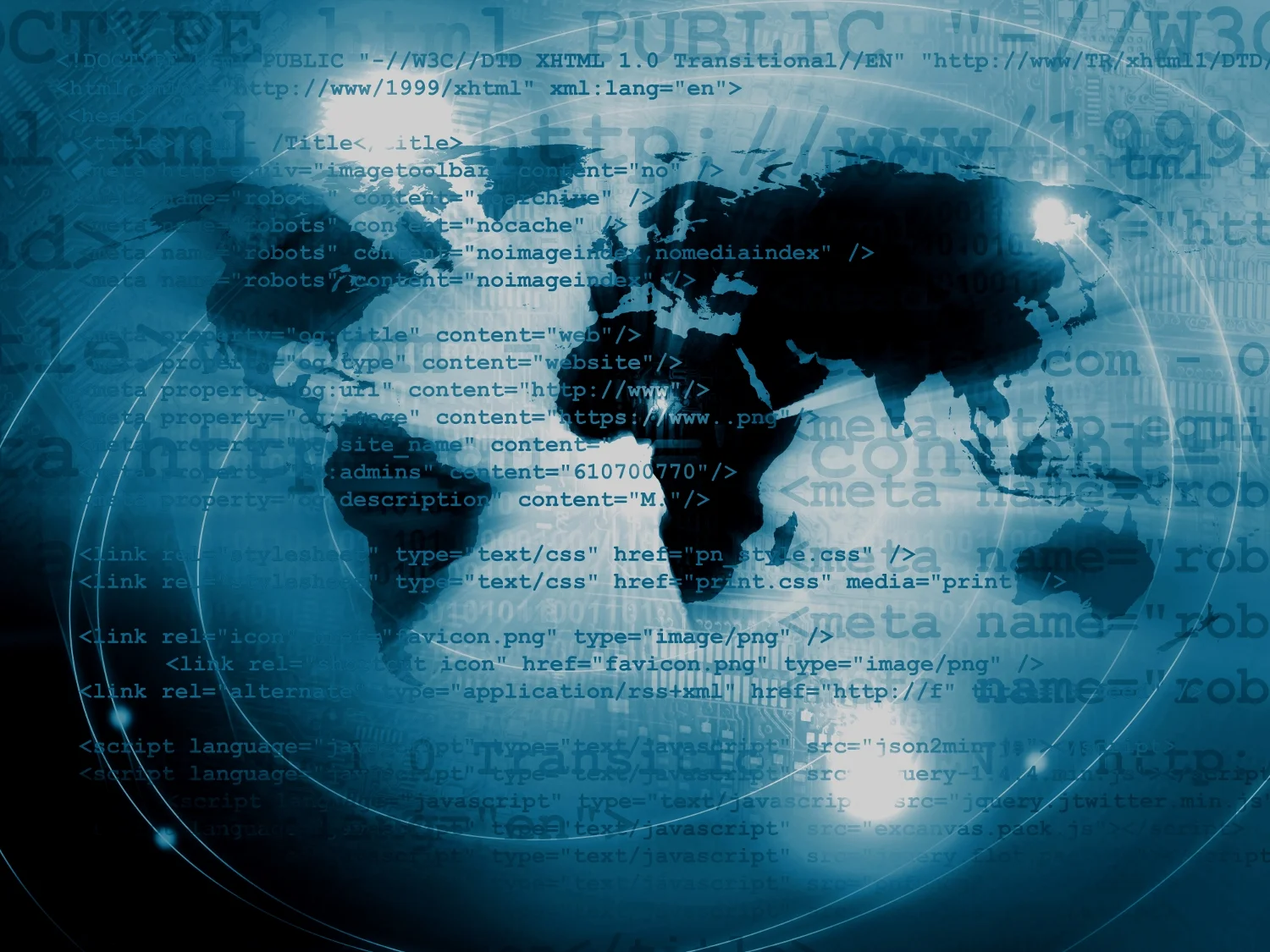ONE MAN'S JUNK IS ANOTHER MAN'S GENETIC BLUEPRINT
/Researching my next novel, I’ve been reading a lot about “junk DNA”. It’s still usually called that in popular news articles because the nickname got so much traction with the public after it was introduced by geneticist Susumu Ohno in 1972 that the designation has been hard to shake. The more accurate term is non-coding DNA because only 2% - 3% of the DNA in humans actually “codes for” (produces) all the proteins. When that fact was discovered, it was thought that the other 97% was just the leftover junk of evolution that no longer served a purpose. That wouldn’t be very efficient, whether you believe in natural selection or an intelligent designer. So it shouldn’t be a surprise that subsequent research has shown junk DNA is anything but.
It isn’t just the numbers and kinds of proteins produced in a living creature that are important, but also which of the proteins are activated. Those proteins are regulated by certain processes, and it’s looking more and more as if that’s one of the key roles of non-coding DNA. Think of the strings of non-coding DNA providing the instructions that determine which genes are switched on and which are switched off, as well as how much of a particular protein is produced. It also looks to have a role in maintaining gene stability.
Some studies have indicated that repeated strings of non-coding DNA aren’t a mistake or accident, but are important because they enable faster mutations—a key element in adapting to changes in the environment. That makes the so-called “repeaters” a valuable survival mechanism for a species.
Other studies suggest that the differences between individual humans, and between humans and similar species (like chimpanzees), have more to do with their junk DNA than the protein-encoding DNA. We humans share nearly identical genes, but it’s mostly how they’re regulated that produces our variations. Those differences not only include individual traits like eye and hair colour but diseases as well, so this could be a very important area of disease research.
However, this improved understanding of how non-coding DNA reflects the traits of an individual may also lead to improvements in forensic DNA identification of individuals. And there’s word that the Transportation Safety Administration in the U.S. has begun experimenting with portable DNA scanners (able to quickly scan DNA from a drop of saliva) at places like airports, alongside those infamous full-body scanners.
That brings whole new meaning to the cry “don’t touch my junk.”

